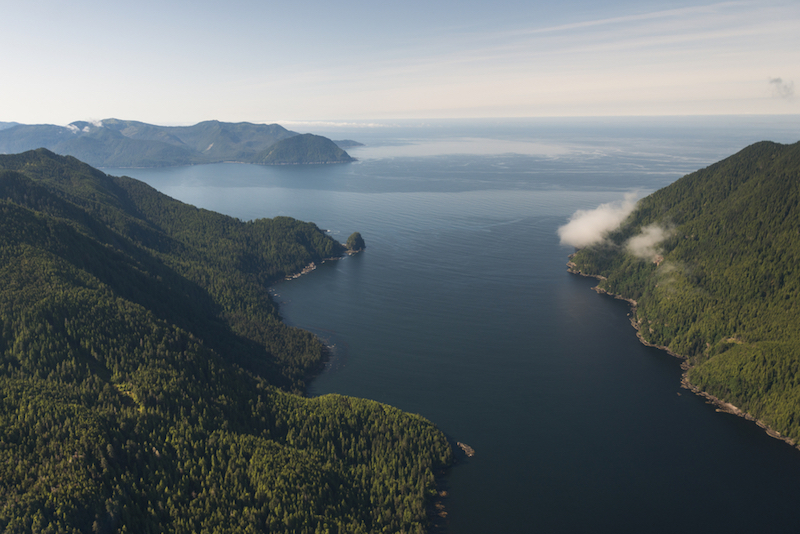Environment
The one time human behavior improved the environment

Image: Shutterstock/Keith Levit
How can this be true?
Trant describes the unusual development, sharing that the phenomena appears predominantly due to the presence of increased shell middens and the historical use of fire, which cumulatively ended up enhancing the rainforest’s productivity. Over approximately 500 generations, the tribes have been contributing positively to the transformation of the region’s landscape through their regular, unplanned behavior.
Using a combination of remotely acquired archaeological and ecological data, the research team found indications that the massive amount of shellfish collected by the coastal population for 6,000 years produced deep shell middens in such large accumulations that some areas were more than sixteen feet deep. The empty shells from all the shellfish gathered and discarded covered a substantial area of the forest, which provided the shells’ nutrients to the soil as it broke down and released calcium over time.
Bigger and stronger trees
Throughout the Hecate and Calvert Islands of British Columbia, part of the Hakai Luxvbalis Conservancy, fifteen regions formerly inhabited by the groups were investigated by the research team. Their findings concluded that the groups use of fire, as well as the large amounts of gathering and discarding of the shells from shellfish they caught, had transformed the forest’s soil significantly through its PH and nutrient content. The soil’s drainage capacity was also increased by the behavior and presence of the shells. The overall results were areas of forests with western red cedars of remarkably superior health and stature.
Will we see any other results of this kind?
Although the first study of its kind, Trant advises that he foresees similar results will be observed in future coastal studies conducted at archaeological sites. He believes the conclusions of such studies may “alter the way we think about time and environmental impact.” Let’s hope we find more good examples where human behavior has improved the environment in their planned and other such examinations of the future.





0 comments